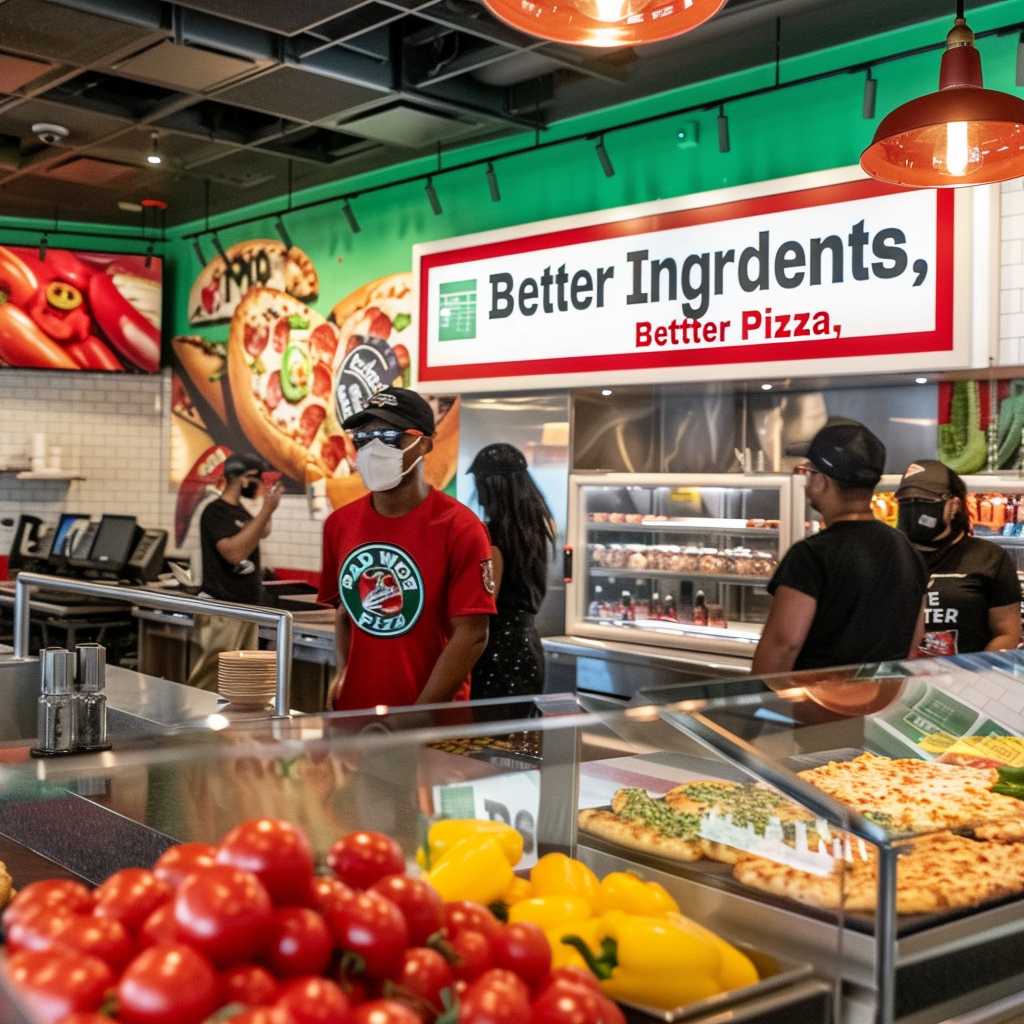The History and Business Model of Papa John’s Pizza
Papa John’s Pizza is a widely recognized pizza restaurant chain that has made a significant mark in the foodservice industry. Founded in 1984 by John Schnatter in Jeffersonville, Indiana, the company has grown from a broom closet in the back of his father’s tavern to an international pizza powerhouse.
Early Beginnings and Expansion
John Schnatter’s vision for providing a superior-quality traditional pizza led to selling his car to buy pizza-making equipment, which was installed in a converted broom closet at Mick’s Lounge, his father’s tavern. His determination and emphasis on quality ingredients quickly caught on, transforming Papa John’s into one of America’s largest pizza chains.
The company saw rapid expansion throughout the late 80s and early 90s, with the first franchise opening in 1986. By 1993, Papa John’s had opened its 500th store and went public in 1993. The expansion continued into the international market, with Papa John’s opening stores in various countries across the globe.
Innovation and Marketing Strategies
Papa John’s carved out a niche for itself by early adoption of technological advancements in order to streamline their ordering process. They were one of the first pizza chains to incorporate online ordering into their sales structure at a time when internet usage was burgeoning. This proved to be a forward-thinking decision that placed them ahead of competitors in terms of convenience for customers.
Marketing strategies focused on the quality of ingredients with slogans like “Better Ingredients, Better Pizza,” which highlighted their commitment to using fresh produce and superior-grade products for their pizzas. Their brand message resonates well with consumers looking for higher-quality fast food options.
Menu Offerings and Product Differentiation
Apart from its famous pizzas, Papa John’s menu also includes sides like cheese sticks, chicken wings, and desserts. Nevertheless, what places it apart is their staple offering – the pizza with a variety of crust options and toppings designed to meet diverse consumer tastes.
Papa John’s has differentiated itself by maintaining strict quality controls and ensuring that its franchisees adhere to standards which involve never frozen ingredients that promise freshness—a unique selling proposition in the highly competitive fast-food sector.
Current Status and Future Projections
Despite facing competition from other giants like Domino’s and Pizza Hut, Papa John’s maintains a strong presence. With thousands of locations worldwide, the brand has both corporate and franchise-owned stores. A refreshed focus on international growth means that Papa John’s continues to maintain relevance in various markets. They continue to innovate by adding new pizza toppings and other menu items while also investing heavily in digital marketing strategies to reach younger generations.
Challenges and Solutions
Any large corporation faces challenges, and Papa John’s is no exception. It has navigated through controversies including leadership changes and branding issues. Yet, the company works meticulously to rectify these problems with new management strategies and focusing on community value initiatives to maintain a positive public perception.
Facing the challenges of today’s health-conscious consumers, Papa Johns is striving to adapt by offering more nutritious options and addressing changing dietary needs such as gluten intolerance or demand for vegan products natural progression suggests potential for growth as it taps into new demographic eating habits while staying true to its core value – quality.
